- +86-19941574798
- sale06@kfqizhongji.com
Amusement Equipment Wheels
Free-Fall Drop Tower Ride Polyurethane Guide Wheel
Free-fall drop tower ride polyurethane guide wheel systems are critical components ensuring smooth operation, safety, and rider satisfaction in heart-pounding amusement rides.
Free-fall drop tower ride polyurethane guide wheel systems are critical components ensuring smooth operation, safety, and rider satisfaction in heart-pounding amusement rides. Engineered to withstand extreme forces, rapid acceleration, and repetitive impacts, these specialized wheels are indispensable for modern thrill rides, offering unmatched durability and precision to elevate the adrenaline-fueled experience.
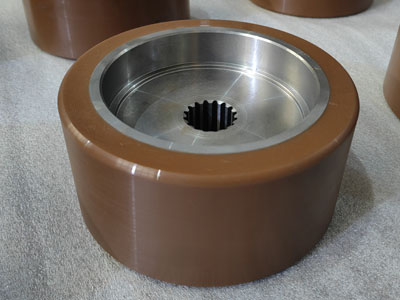
Why free-fall drop tower ride's polyurethane guide wheels matter
Free-fall drop towers subject mechanical components to immense stress. Riders experience rapid descents, sudden stops, and gravitational forces that demand ultra-durable materials. Traditional metal or rubber wheels often fall short in longevity, noise reduction, or precision. Here’s where polyurethane guide wheels shine:
• Superior shock absorption
Polyurethane’s elastic properties absorb the intense vibrations and impacts generated during free-fall drops, protecting both the ride structure and passengers from jarring movements.
• High load-bearing capacity
Polyurethane wheels are designed to handle vertical and lateral forces, maintaining structural integrity even under extreme loads (up to 95a shore hardness), ensuring consistent performance.
• Minimal maintenance & longevity
Unlike metal wheels that corrode or rubber that cracks, polyurethane resists wear, UV exposure, and temperature fluctuations. This reduces downtime and replacement costs.
• Silent operation
Polyurethane’s noise-dampening qualities prevent the screeching or grinding common with metal-on-metal systems, enhancing the rider experience.
• Precision engineering
Custom-molded polyurethane-coating wheel ensures seamless alignment with tracks, eliminating jerky movements and improving ride fluidity.
Key applications in free-fall drop tower rides
• Vertical guide rails: Polyurethane wheels ensure smooth ascents and controlled descents along tower rails.
• Braking systems: Used in friction brakes to decelerate gondolas safely without overheating.
• Stabilization arms: Maintain gondola alignment during sudden drops or wind gusts.
Technical considerations for polyurethane guide wheels
To maximize performance, manufacturers tailor polyurethane formulations to meet ride-specific demands:
• Hardness: Adjust shore ratings (e.g., 85A–95A) to balance flexibility and rigidity.
• Temperature resistance: Specialty compounds withstand -40°c to 120°c, ideal for outdoor rides.
• Anti-static properties: Prevent electrical buildup in sensitive control systems.
• Custom shapes: Molded tread patterns improve grip on wet or oily surfaces.
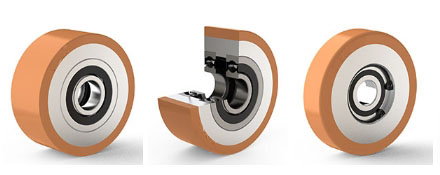
Maintenance best practices
While polyurethane wheels are low-maintenance, regular inspections are crucial:
• Check for uneven wear or cracks.
• Clean debris from wheel tracks to prevent abrasion.
• Lubricate bearings (if applicable) to ensure smooth rotation.
Industry trends: Why parks are switching to polyurethane
Amusement parks prioritize safety, reliability, and guest comfort. Polyurethane guide wheels address all three by:
• Reducing accident risks from component failure.
• Extending service intervals, lowering operational costs.
• Deliver quieter, smoother rides that boost repeat visitors.
Choosing the right manufacturer
Not all polyurethane wheels are equal. For free-fall drop tower ride polyurethane guide wheels, partner with a manufacturer that specializes in high-performance elastomers and understands amusement industry standards.


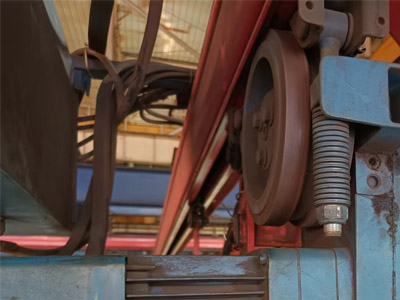
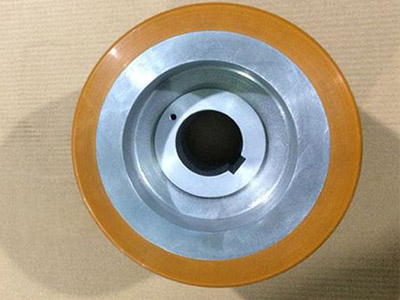
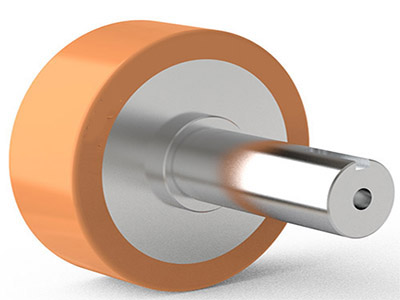
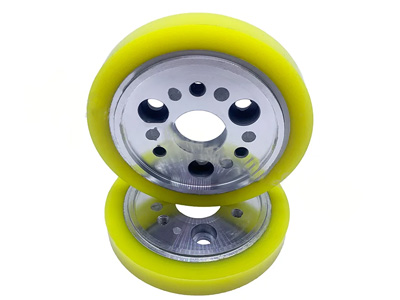
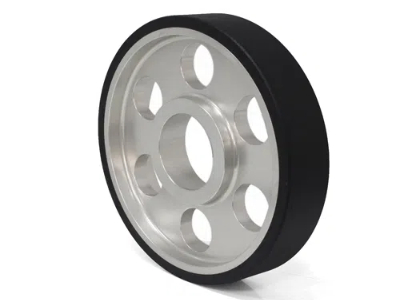
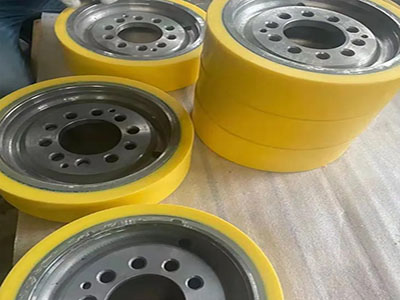
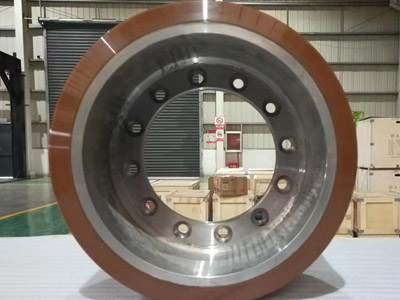
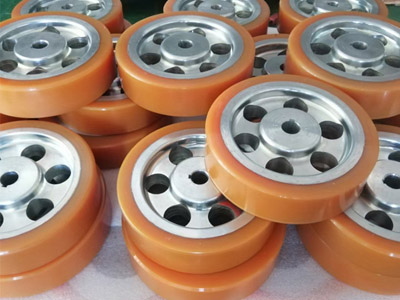



Roller Coaster Polyurethane Wheel
Amusement Equipment Polyurethane Wheels